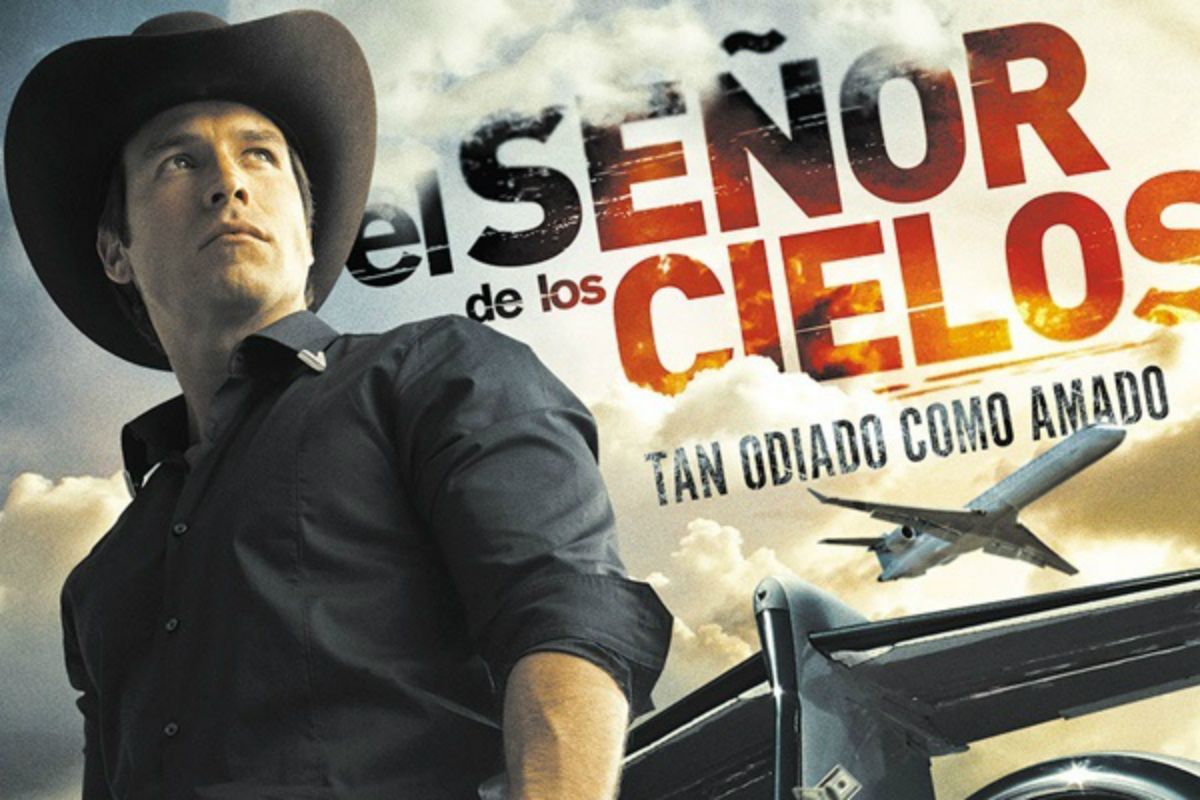

Escudero el Gato's dance moves had a major impact on Amaya, who became a celebrity all over Spain when she was in her teens, and became even more famous in her twenties. Bar de Manquet was where Amaya met Escudero el Gato (Escudero the Cat), a famous gypsy dancer from Madrid who was the brother of flamenco guitarist El Pelao Viejo. And she also learned a lot about flamenco at Bar de Manquet, a working-class flamenco hangout where she was first hired to dance in 1924 at the age of ten. Although Amaya had no formal training as a dancer, she learned a lot about flamenco from her family, including her father, a flamenco guitarist named El Chino, and her aunt, La Faraona.
#Carmen amaya full#
Amaya was born into a family of gypsies in Barcelona on Novemand grew up in the Somorrostro section of the city, which was considered a poor slum back then, but is now full of pricey beachfront real estate. The Barcelona native was famous for her singing, but she was even more famous for her dancing - and long after her death, Amaya's dance moves have continued to influence young Spaniards who study flamenco dancing. We hear the guitar and the cante and we’re driven to DANCE.īe happy where you are but keep being inspired by La Capitana, Carmen Amaya.Spanish dancer/singer Carmen Amaya went down in history as one of the greatest and most influential flamenco performers of the 20th century. We are called to it with all its complexities, challenges and head trips. So, in the end, why bother with flamenco if it’s so dang hard? Yes, the biggest secret to feeling like you’re DANCING is showing up to class consistently and being present with your mind and body. We DO have cathartic moments in class, and that comes from consistency. The challenging aspects keeps us vibrant. We are a community of like-minded women that have fun in class. There is no thinking about anything outside of class. What I love about the whole process of dance classes is having to be focused in the moment. We must accept where we are in flamenco proficiency and enjoy it. It’s the PROCESS of learning flamenco that is so rewarding. If we were perfect at flamenco NOW, then there would be nowhere else to go afterward. Plus, one might not have that cathartic moment at the end because someone forgot a step, the tempo got too fast, the lights were too blinding, and, and… I constantly tell my dancers to enjoy the process of learning because the actual performance itself goes by so fast. We all want perfection, but that’s impossible. Or some dancers over extend themselves by wanting to dance as many numbers as possible.

Sometimes some of the dancers can’t get it right away. Take for example any of my upcoming student shows.

If you didn’t grow up immersed in flamenco, you either enjoy the challenge of learning and accept it or you’ll just drown with frustration. So, it’s the same with flamenco, of course. Others would happily play at a beginner level forever because it’s just a hobby. Most would study intensely to gain a certain level of proficiency. They wanted to DANCE not work on a gazillion other things.īut would a new student of piano expect to play a concerto after six weeks? Of course not. Some stop soon after because flamenco is so difficult. The new compás, the coordination, the footwork, the aire. That first class for many students is such an overwhelming experience. I get questions all the time that go like this, “how many classes until I can dance flamenco?” or “how long until I feel like I’m really dancing?” Dancing with complete passion and abandon like Carmen Amaya is easy, right? Well…. How hard could it be? You just stomp around with a pretty dress and a scowl, right? People love flamenco and then they want to try dancing.


 0 kommentar(er)
0 kommentar(er)
